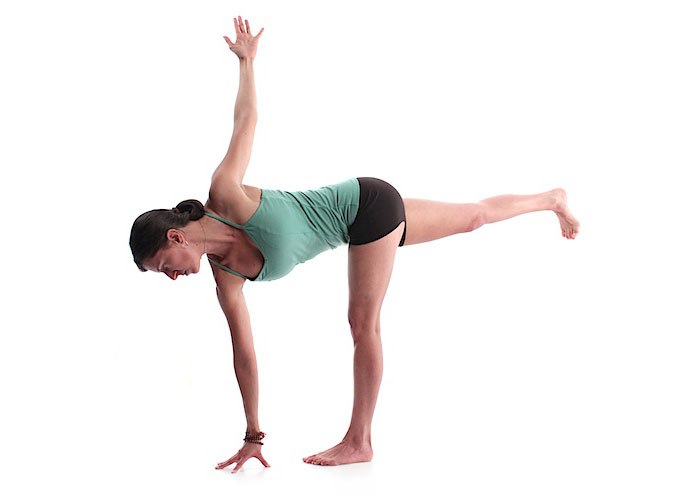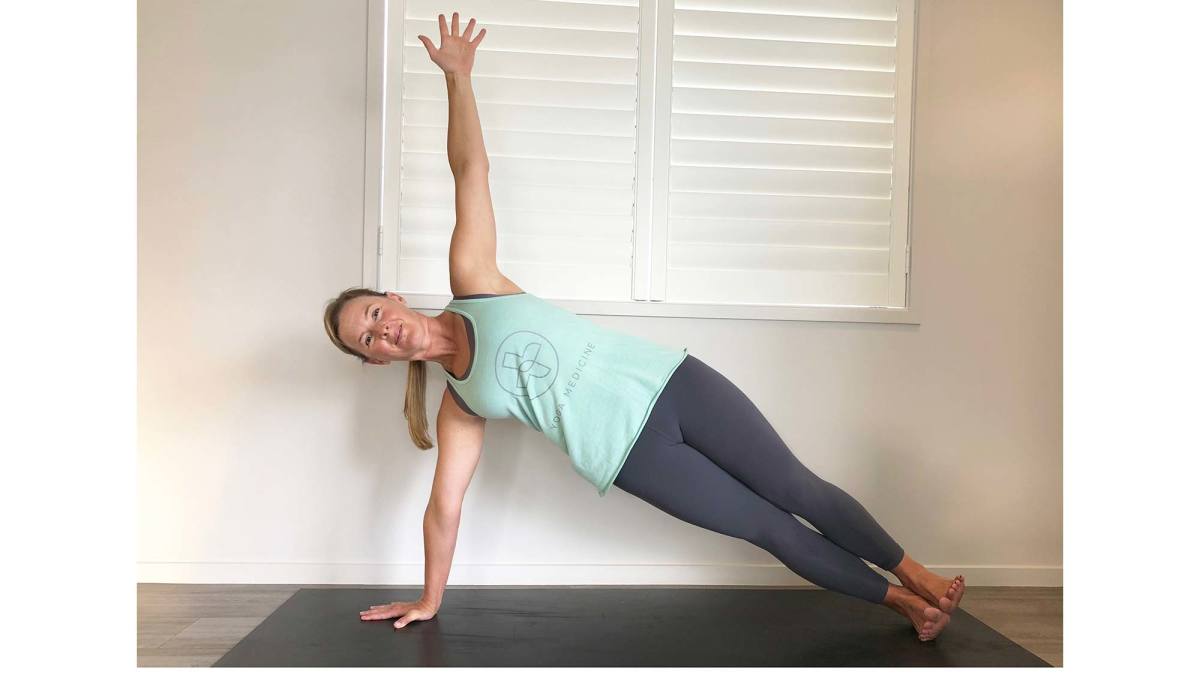If you can do every pose in a yoga class effortlessly, you’re in the wrong class. While it’s important to be content with where you’re at, it’s just as important to keep growing, evolving, and pushing your boundaries. It can be easy to get complacent even in yoga, doing the same poses with the same teachers. However, you may be scared to take the plunge, and are wondering how to move from beginner to an intermediate yoga class.
Here’s our top tips on how to move up in your yoga practice.
Be Consistent
The first step in moving up from beginner’s yoga to intermediate classes is to be on your yoga mat consistently. At the start, your yoga practice is likely to be more sporadic as you get used to your new hobby. You’re probably more likely to practice more often as you’re more excited to hit the mat – however a few weeks in and you may have to drag yourself a little to get in your practice. The key to moving into an intermediate practice is to stick to a consistent routine – and sticking to it no matter what! This can be going to a class in the mornings, doing an at-home online class, whatever works for you is the best. When you push yourself to show up and practice, is when you start to progress into the next level up.

Try New Things
When you’re a beginner in yoga, just getting through the class and trying the basic poses is probably enough to keep you busy and satisfied. Learning the correct posture and placement is key when you’re just starting out, as well as learning to pay attention to your breath. Taking on too much too soon can be overwhelming, so just sticking to the basics is key. However, once you’re ready for a more intermediate practice you are ready to learn more and try new things. So kick yourself out of your comfort zone and start to learn more about yoga practice, from how your body and your breathwork together, to learn about energy flow through to the philosophy behind yoga.
Ask Questions
When you first start practicing, you may just believe absolutely everything you hear – after all, it’s all new to you! When you start to get your grips with the practice of yoga, it’s time to ask intelligent questions – while still being open-minded. Perhaps you can try different types of yoga to see different perspectives or try a different studio or teacher to test out different styles of teaching. You may even try workshops of yoga retreats to open your eyes a little more. Asking questions and trying new things is the first step in discovering the yoga style that is shaped around your needs.
Build Your Core Strength
Having a strong core is fundamental in intermediate yoga practice. This is the most important physical difference between beginner and intermediate. The core is essential, not just as one muscle in the center of the body but as layers of muscles protecting your abdominals. You should be able to engage the different muscles in your core, and a stable core will allow your to advance in your yoga positions and try things like handstands.

Be Patient with Yourself
When you first start out, you’ll either believe you can do anything straight away, or you might doubt your ability to ever progress and advance in your practice. Stepping up to an intermediate practice, you begin to learn that everything will come together in it’s own time – and you’ll begin to be a little more patient with yourself. Difficult poses never happen overnight, and it takes a lot of practice and discipline to master harder poses. Being patient with yourself also means understanding that everybody is different, and there might be certain poses that you’ll never be able to master.
Breathwork
When you’re a beginner, you’re probably struggling to keep up with the movements of each pose, and trying to focus on not falling over! As you become more advanced, you’ll realise that breathing right is vital in everything you do and every way you move – paying attention to your breath helps you to move through each practice and maintain balance and stay concentrated. There are a number of breathing techniques you can start to practice as you move up in skill, to help you find expansion in your inhales, and stability in your exhales.
Meditate
If you’re moving up to intermediate practice, you’re looking to benefit your mind as well as body. Give some time and attention to your meditation practice, as this will help to progress your yoga practice, and improve your concentration and focus, as well as help you feel more calm off the mat.